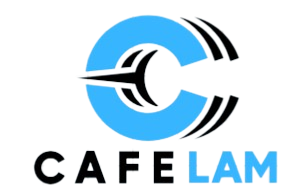Fix and flip real estate investing is a popular way to make money by buying homes, fixing them up, and selling them quickly for a profit. But before you can start, you need money – and getting the right financing can be tricky. This guide explains how fix and flip financing works and gives you simple tips to help you choose the best loan for your project.
What Is Fix and Flip Financing?
Fix and flip loans are short-term loans made for real estate investors. These loans help you buy a property, fix it up, and sell it – usually within 6 to 18 months.
They are not like regular home loans. Instead, they’re faster to get but often come with higher interest rates.
Lenders care more about the value of the home after you fix it (called the “after-repair value” or ARV) than your credit score. They’ll want to see your plan for fixing the home and how you’ll sell it to pay off the loan. Here are the types of fix and flip loans:
Hard Money Loans
These loans are offered by private lenders. They’re based mostly on the value of the home, not your finances. They’re quick to get, but interest rates can be high (10-15%), and fees can add up.
Private Money Loans
These come from individuals or small investor groups. They may offer more flexible terms, but interest rates are still high. These loans are often based on personal relationships.
Conventional Loans
Some banks offer fix and flip loans, but they usually require a good credit score, a big down payment, and lots of paperwork. These loans have lower interest rates, but the process takes longer.
FHA 203(k) Loans
This loan is for people who plan to live in the home while fixing it. It covers both the cost of buying and fixing the home. It’s backed by the government but has more rules to follow.
Expert Tips for Getting the Right Loan
Securing the right fix-and-flip loan can make or break your investment project. Here are some expert tips:
Know Your Costs
Before borrowing, calculate everything: the price of the home, repair costs, loan fees, taxes, and what it will cost to hold the property until it sells. Always include extra for surprises.
Have a Clear Exit Plan
Lenders want to know how you’ll pay them back. Will you sell the home? Rent it? Refinance it? Show them a solid plan, including examples of similar homes in the area and how much they sold for.
Show Experience
If you’ve flipped homes before, share your results. If not, work with someone who has. Lenders trust people with a track record.
Pick the Right Lender
Not every lender is good for fix and flips. Look for ones who specialize in it. They’ll understand your goals better and offer faster service.
Be Organized
Even if the loan process is simpler than a mortgage, you’ll still need paperwork. Have your renovation budget, contractor quotes, and personal financial info ready.
Understand the Loan Terms
Don’t just look at the interest rate. Watch out for extra fees, short deadlines, and penalties for paying off the loan early.
Optimize Fix and Flip Loans Today
Fix and flip loans can help you make big profits in real estate, but only if you plan wisely and choose the right financing. With the right loan and a solid strategy, you can turn a run-down home into a money-making project. Use these tips to start smart and stay ahead.
If you want to read more articles, visit our blog.







